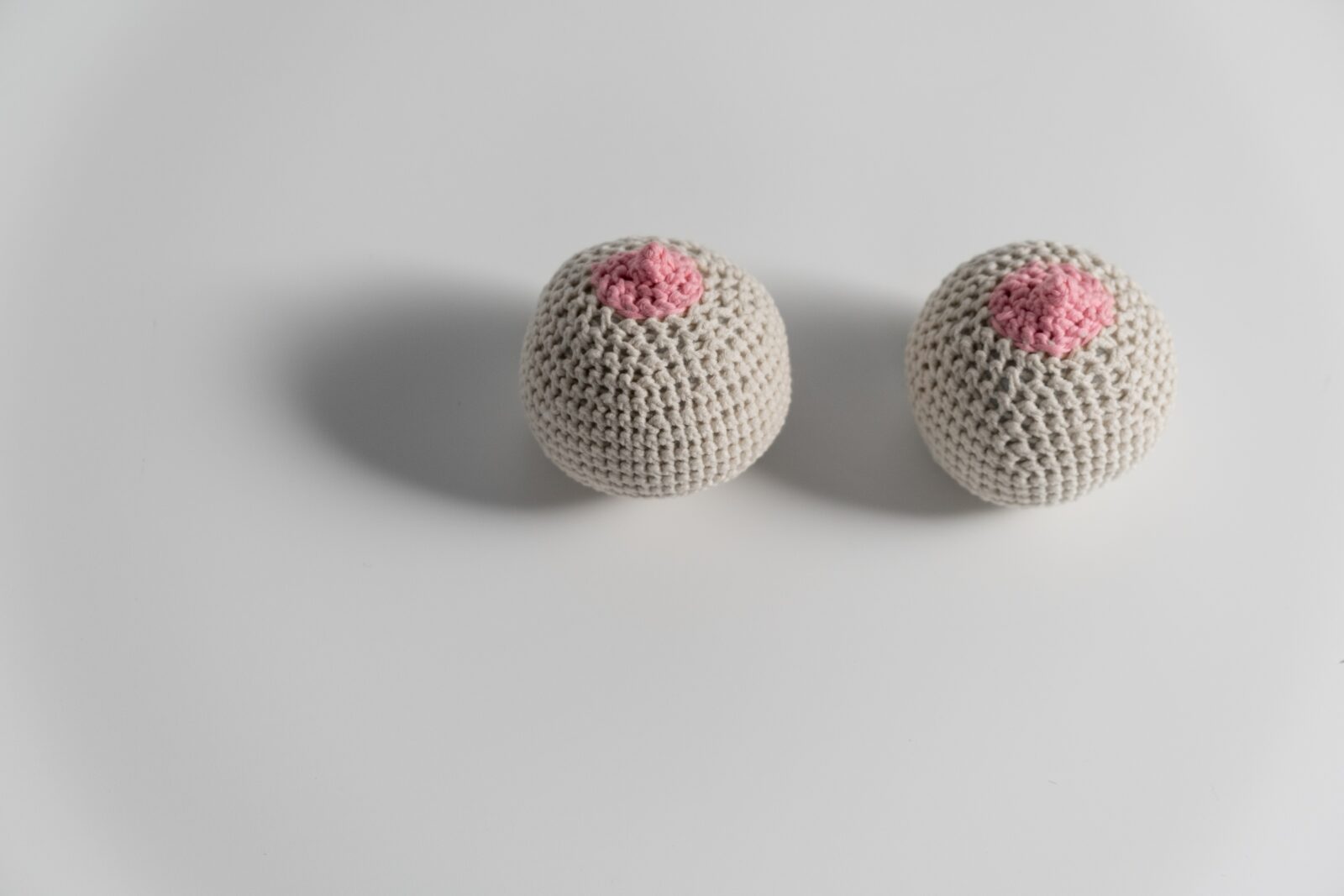
Over 400,000 women choose breast implant augmentation surgery annually in the U.S. Approximately 75% are for enhancing healthy breasts with the other 25% going for reconstruction after a mastectomy. The popularity of breast implants continues to rise, although the increase in breast implant surgery may be due partly to replacing old implants that have ruptured or caused other types of problems.
Debate about breast implants also continues to grow especially in the face of the conflicting data available. Once old concerns seem to resolve, new controversies arise. For instance in 2011, the FDA announced that silicone breast implants (versus saline implants) might cause a rare type of lymphoma called ALCL, after an international scandal disclosed that tens of thousands of breast implants had been filled with industrial silicone instead of medical grade silicone.
The FDA has played a role in driving the ongoing debates. Its focus on complications such as breast pain or hardness (called capsular contracture), implant rupture, and cosmetic problems in the breast area. At the same time, the FDA repeats that studies “do not show evidence that silicone gel-filled breast implants cause connective tissue disease or reproductive problems” and that “the FDA does not have evidence suggesting breast implants are associated with health conditions such as “chronic fatigue, cognitive issues and muscle pain.”
That hasn’t stopped women from complaining about an array of symptoms now called “breast implant illness.” In fact, one Facebook group on breast implant illness has over 131,000 members, and Facebook has many more support groups on the condition with thousands of followers. In September 2018, administrators and advocates from two of the Facebook groups met with FDA officials and urged them to take greater action regarding autoimmune conditions, connective tissue disease, and breast implant illness.
How the food and drug administration plays a role
When breast implants first became available in the 1960s, the FDA had no authority to regulate medical devices. The law changed in 1976, which created three categories of medical devices according to risk with Class III being “high risk.” Existing devices such as breast implants were “grandfathered” onto the market. However, early controversy began in the late 1970s both scientists and doctors expressed apprehension over their overall safety. Initially, an FDA Advisory Panel suggested that breast implants be categorized as moderate-risk Class II devices, which would not require any clinical trials proving safety or effectiveness for new implants to be sold.
Members Only Content
To continue reading please subscribe to WellnessPlus by Dr. Jess MD
Be your own best doctor with our comprehensive suite of online health coaching tools.
